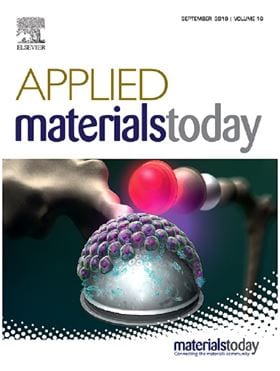Additive manufacturing, or commonly known as 3D printing, is driving innovation in many industries and academic research including the water resource sector. The capability of 3D printing to fabricate complex objects in a fast and cost-effective manner makes it highly desirable over conventional manufacturing processes.
.
Recent years have seen a rapid increase in research using 3D printing for membrane separation, desalination and water purification applications, potentially revolutionizing this field. This review focuses on recent advancements in 3D-printed materials and methods for water-related applications including developments in module spacers, novel filtration and desalination membranes, adsorbents, water remediation, solar steam generation materials, catalysis, etc.
.
The emergence of new 3D printers with higher printing resolution, better efficiency, faster speed, and wider material applicability has garnered more interest and can potentially […]
Case Study: How PepsiCo achieved 96% cost savings on tooling with 3D Printing Technology
Above: PepsiCo food, snack, and beverage product line-up/Source: PepsiCo PepsiCo turned to tooling with 3D printing...





0 Comments